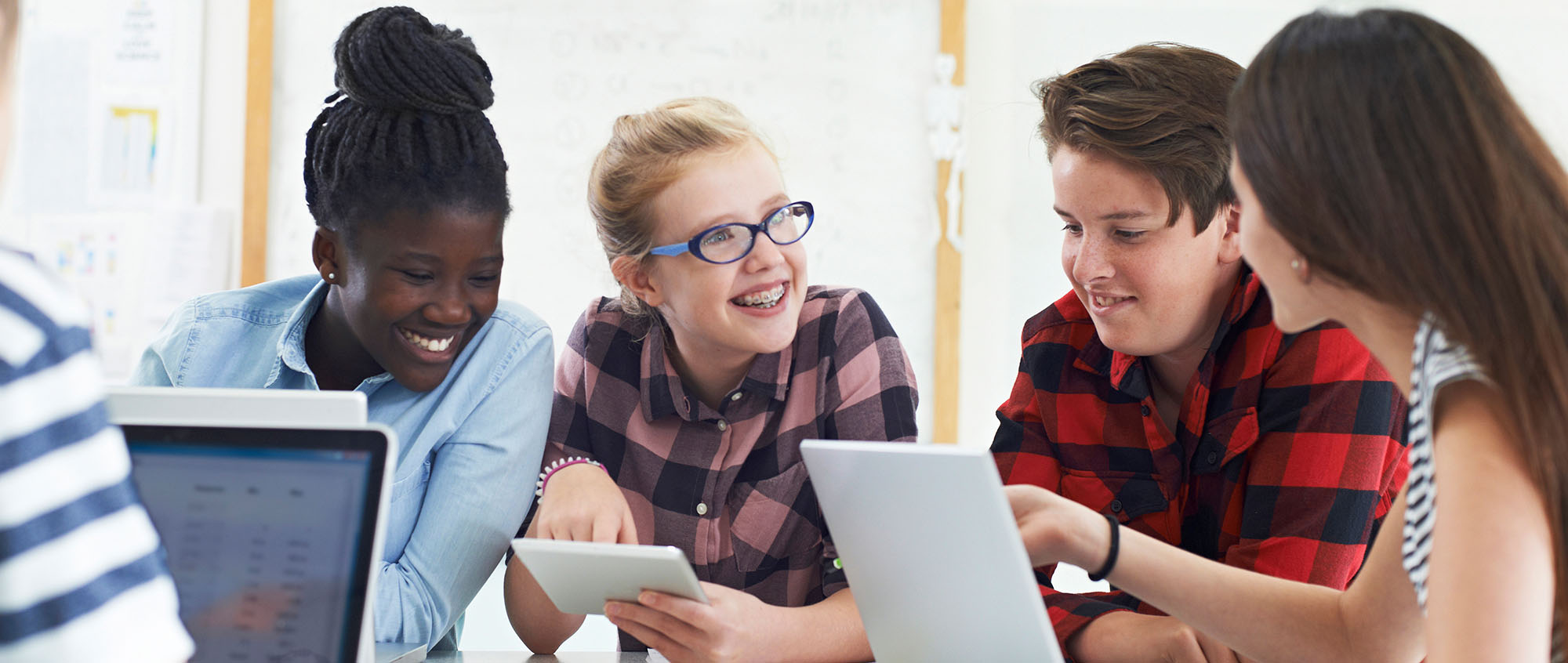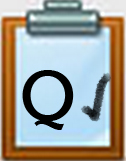Q2 Safe Searching: KidzSearch Facts
PART 1
In Quest One, you researched Artificial Intelligence using the mel.org databases. Use the KidzSearch Engine to find interesting facts about the delegates and the U.S. Constitution. See if you can work with a classmate for this search.
Use this 9.Q2 Safe Searching Assignment document to answer the next four questions in PART ONE.
- Which state's name was misspelled in the signature area of the U.S. Constitution?
- Who was the oldest person to sign the U.S. Constitution?
- Who was considered the Expounder of the U.S. Constitution?
- Who hand-wrote the U.S. Constitution?
PART 2
Now that you have warmed up your search engine, see how you do on the questions below. Check to see if you can work with a partner. Use the document from Part One to answer the next questions.
Use KidzSearch to answer the questions below.
- What year was the first coin-operated pinball machine invented?
- What was the name of this first coin-operated pinball invention?
- When was the first electronic pinball machine released?
- What was the first electronic pinball machine named?
- What was the name of the first video arcade game machine?
Competencies & Standards
MITECS Michigan Integrated Technology Competencies for Students, and
1. Empowered Learner
d. Understand the fundamental concepts of technology operations, demonstrate the ability to choose, use and troubleshoot current technologies and are able to transfer their knowledge to explore emerging technologies
2. Digital Citizen
b. Engage in positive, safe, legal and ethical behavior when using technology, including social interactions online or when using networked devices
c. Demonstrate an understanding of and respect for the rights and obligations of using and sharing intellectual property
3. Knowledge Constructor
a. Plan and employ effective research strategies to locate information and other resources for their intellectual or creative pursuits
b. Evaluate the accuracy, perspective, credibility and relevance of information, media, data or other resources
c. Curate information from digital resources using a variety of tools and methods to create collections of artifacts or solving authentic problems
d. Build knowledge by actively exploring real-world issues and problems, developing ideas and theories and pursuing answers and solutions
Websites and Documents
21T4S Documents & Quizzes




